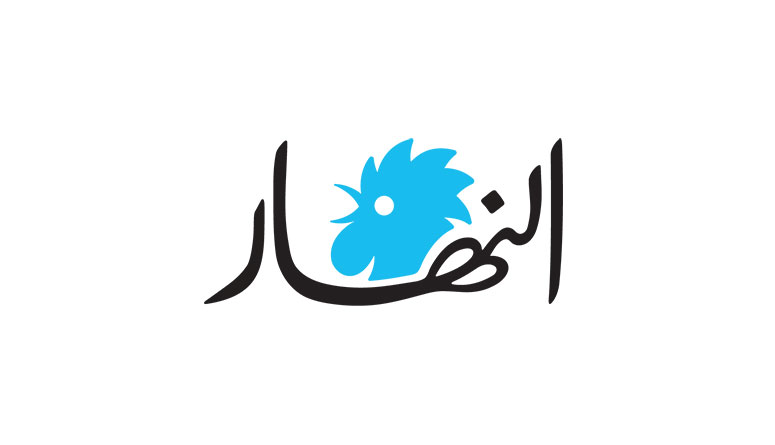According to EIA, there will be a 50% increase in global energy consumption by 2050 compared with 2020. This alarming growth is due to overpopulation and technological developments. The demand cannot be met with the existing technologies and the depletion of resources like fossil fuels. This is why we need green hydrogen: a carbon-free energy source that overcomes the shortcomings of other renewable sources. Hydrogen is usually generated from natural gas or coal. However, green hydrogen is a power-to-X process that combines electricity from renewable sources like wind or solar, and demineralized water to form hydrogen through electrolyzers. There are only two types of commercially available electrolyzers: PEM (proton exchange membrane) and alkaline. However, there is another type: solid oxide that is still being developed in the labs and can reach a high efficiency at high temperatures. Green hydrogen is advantageous due to the intermittent nature of solar and wind energy, and the inefficiency of batteries for long-term storage and heavy-duty transport. It is a good fuel alternative because it is light and has no emissions unlike gasoline and natural gas. It can be used directly in power plants or in the production of e-fuels such as methane, methanol or ammonia. Hydrogen also has many applications: maritime industry, food production, shipping, feedstock, and fertilizers. Although this technology is relatively new, it already looks promising.
Several countries already started investing in green hydrogen. The US introduced the inflation reduction act (IRA) to combat climate change and allocated 201 billion USD of potential investment in more than 100 green hydrogen projects. South Korea has also shown interest in this technology and is planning to be the first country to have a green hydrogen bidding market. The MENA region is also working on green hydrogen and has created an alliance under Dii Desert Energy that unites Arab companies from different backgrounds to develop green hydrogen and boost the economy in the region.
Many Arab countries like Oman, Egypt and Morocco are already working on developing this technology and kick-starting projects. The region’s location makes it attractive due to its proximity to the European and Asian markets, land availability and high solar irradiance. Additionally, the region has existing infrastructure and pipelines to Europe that can be used to deliver green hydrogen and its deliverables.
For instance, Egypt’s weather is ideal for a wind-solar hydrogen system because it sunny during the day and windy during the night. The Egyptian government is taking advantage of the market demand by signing several green hydrogen projects, frameworks and memorandums of understanding. Egypt recently signed a framework agreement with an Emirati company to develop an ammonia plant that will be made from green hydrogen and nitrogen. The water used in the electrolysis process will be desalinated. This gigawatt project will be divided in two phases and is expected to start in 2027. The feasibility test has already been completed and Europe, China, and Japan are potential buyers.
Oman is also ambitious and partnering with bp to find the best locations to source renewable energy. On 1st of June 2023, project agreements were made for the green energy Oman project in Duqm. The project will reach a capacity of 25 GW and will cost around 288 billion USD. However, it won’t operate until the end of 2038.
Similarly, Morocco has potential to supply renewable hydrogen to Europe. Morocco is a suitable candidate because of its proximity and pipelines that connect with many European countries. France and Germany have expressed interest in Morocco and its potential in this field. Morocco can be at the frontier since it was chosen by Europe as a leading supplier of green hydrogen. A German company, LOHC has already signed a memorandum of understanding to transport green hydrogen from Morocco. Additionally, a joint venture has been made between Energy China international construction group, Saudi Ajlan brothers company, and Gaia energy company to produce 1.4 million tons of green ammonia annually.
Although there are many projects in motion in MENA, the majority are still in the early stages and won’t be operational any time soon. The US, Australia and Europe are ahead but it is not too late, and MENA can still be a key player in this race. This shift to carbon neutral technology can offer stability, employment opportunities, and development. With the soaring global demand, geographical advantage and abundant funds, the region is showing great potential.

